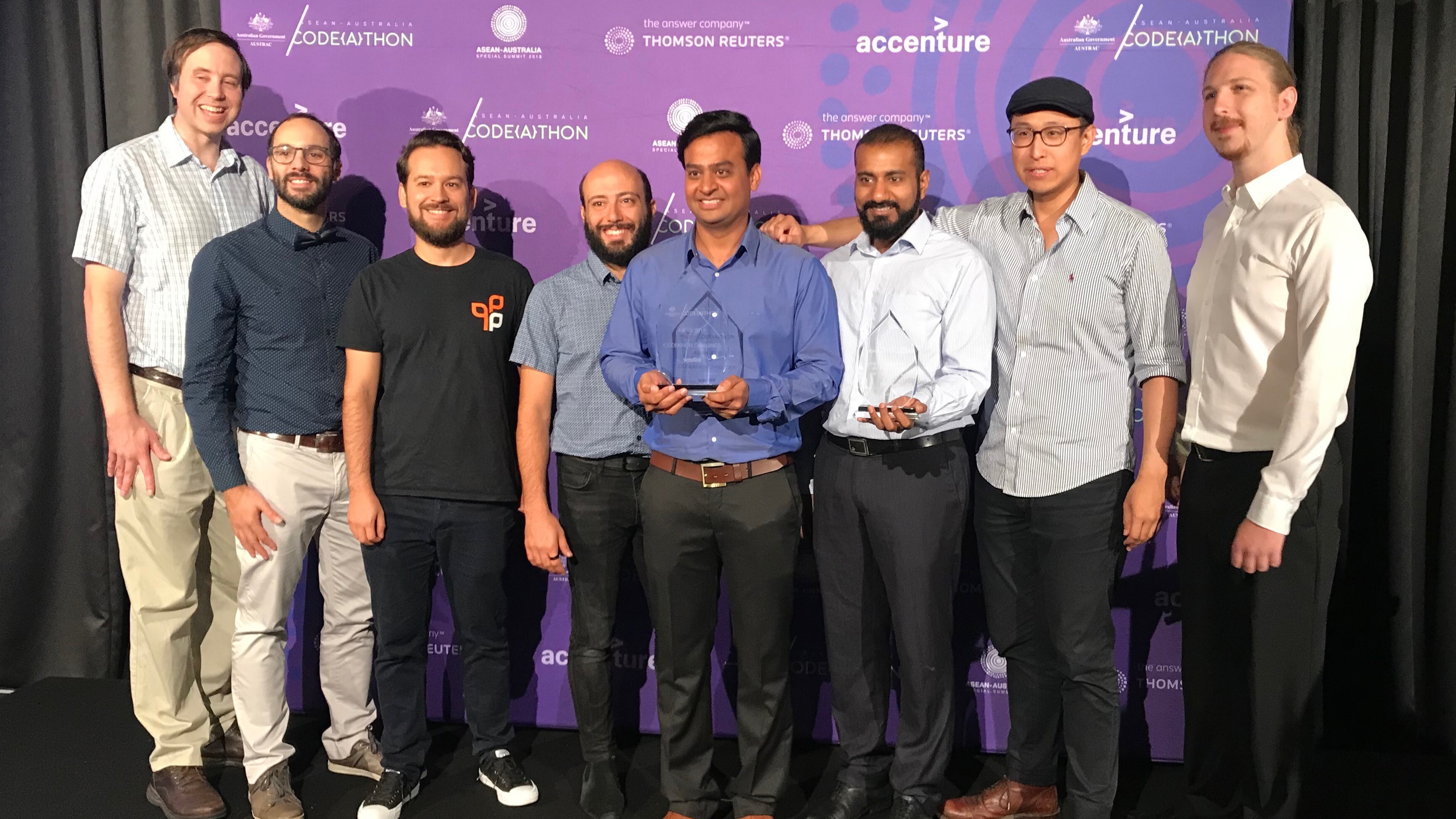Forget explosives, Big Data is now the weapon of choice when it comes to anti-terrorism.
The Australian Transaction Reports and Analysis Centre (AUSTRAC) this week held the country’s first ‘codeathon’ to address problems of money laundering, as part of the ASEAN-Australia summit in Sydney.
More than 100 leading government and industry technologists from across the ASEAN region came to Sydney to compete in the event, and help create digital solutions to combat terrorism financing and money laundering.
Presenting the prize for Codeathon Challenge Winner was Minister for Law Enforcement and Cyber Security, Angus Taylor.
“What’s so important about this for me is that it’s brought together industry, and government and talent,” he said. “Which I think is a model for how we should be solving so many of our most difficult problems in government.”
“Make no mistake about it, the very worst trans-national criminals and terrorists on the globe today are making extraordinary use of technology.
“They’re globalising and they’re organising with a sophistication the world has not seen before.
“What that means is we have to throw our very best at these problems.
“We have to be faster, more innovative and more agile than those who we compete against – we have to disrupt them.”
Competitors were placed into teams and given 32 hours to come up with a response to a challenge that combats terror financing in a creative and innovative way.
The challenges were divided into six categories, each relating to current technology trends such as blockchain, AI and Big Data.
Mapping the threats
The winning solution came from a local Sydney team, Terem Technologies, which devised ‘Project Iceberg.’
“Project Iceberg is an innovative visualisation analysis tool that plots transactions through geographic locations and through time,” said team member, Jonathon Gillett.
“It combines both a timeline to visualise patterns across time and a map to visualise patterns across space in the one product so that you can highlight patterns and analysis that would otherwise be separate and discrete and hidden.
“It gives you a much broader view of the movements of potential money launderers and terrorist financers and allows the agent to disrupt the activity.”
The runners up were ‘The Cyber Six’, a team made up of representatives from the University of Sydney and Macquarie University.
It came up with ‘CryptoCollect’, and applied blockchain technology to detect and track suspicious activity in regard to cryptocurrency transfers.
AUSTRAC Director of Innovation, Rajesg Walton, said the competition was a way to find previously uncovered solutions.
“We’re mindful that the best ideas are out there,” he said. “It’s not all about us knowing everything when we walk into the room.”
“So, for us, it’s a critical component in safeguarding Australia and all of the region from money laundering, terror financing and serious organised crime.”
Learning from industry
Alongside the competitors, there were also several industry mentors providing assistance on the different projects.
Co-founders of social enterprise Code Like a Girl, Ally Watson and Vanessa Doake, were onboard to help out the teams as they worked on their solutions.
“It’s about helping the teams make sure they communicate strongly with one another and making sure that not only the good ideas are heard but also the crazy ideas,” said Watson.
“Sometimes you’ve got to think big for big challenges.”










